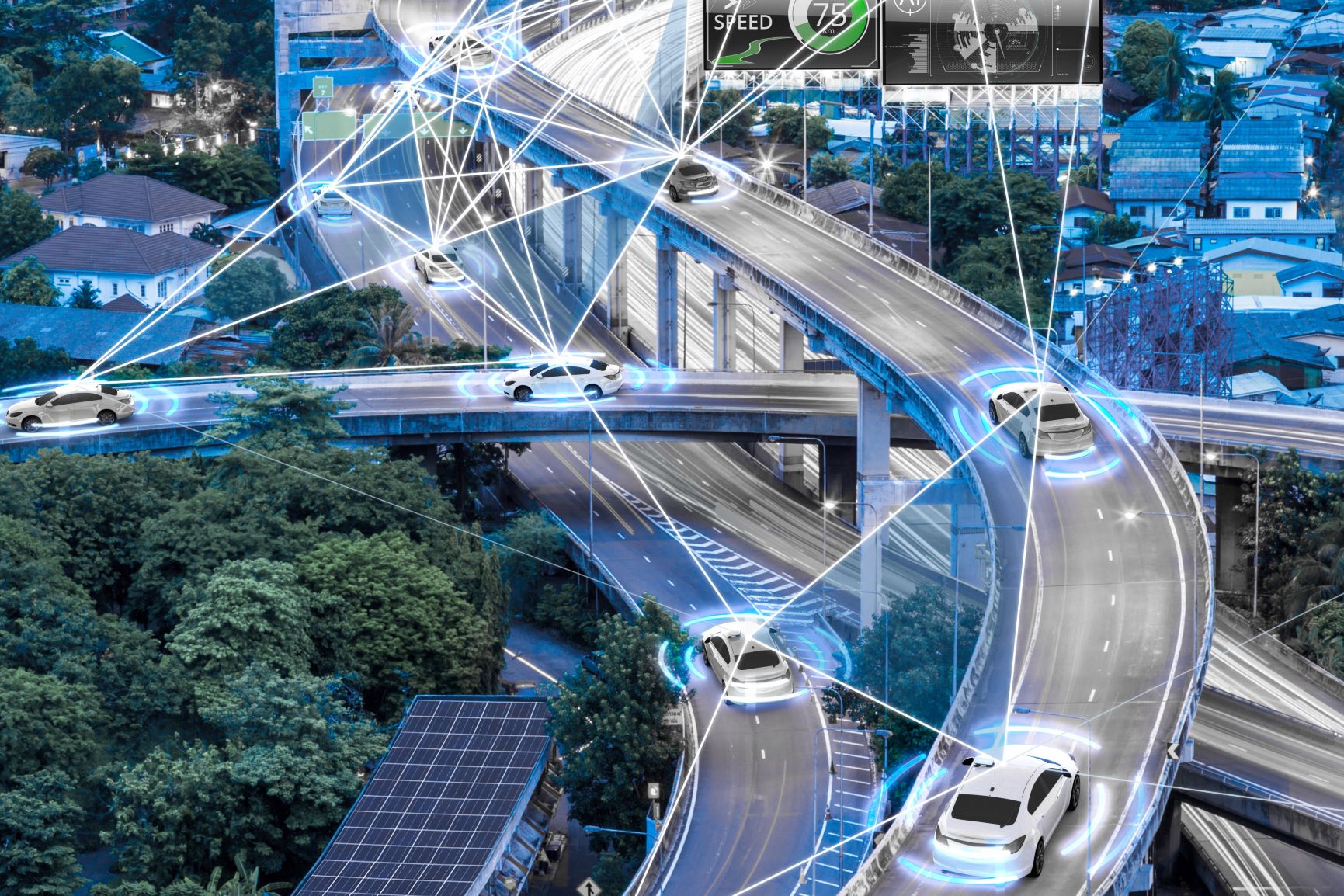Bridging the gap between humans and computers on the road: how will autonomous vehicles co-exist with us?
Posted 06/10/2020 by Raj Majithia

Autonomous vehicles are the next major technological advancement in individual transportation. Whilst everyone has a vision of how a world will look like when all vehicles become autonomous, a network of vehicles optimised to ensure the most efficient journey, what about the period before? How will autonomous vehicles be able to operate in a world which still has a large proportion of traditional, user-controlled vehicles and what are some of the problems for early adopters of AVs?
KPMG predicts that by 2030, 25% of vehicles will be fully autonomous. Therefore, without mass rollouts the two forms of transport must be able to coexist to ensure we can have a world with autonomous vehicles
Currently vehicles have yet to reach such sophisticated levels automation. There are 6 levels of automation.

The most the most advanced commercially available systems (including Tesla’s autopilot) are currently at level 2: whilst the car can perform many functions autonomously, the driver must pay attention and is the fallback should anything happen.
Level 3 automation, which would allow the driver to take a more passive approach and not pay constant attention to the road, has not seen as wide implementation with legislation and regulation proving to be the largest hurdles to overcome. Currently, the only commercially available car with the potential of level 3 automation is the Audi A8; however, due to the lack of legal framework for such vehicles the technology was not allowed to function fully and legally on public roads. Subsequently, Audi is now phasing this technology out of the A8. Prototypes of higher level 4 automation do exist; these remain in limited use and are not widely available to the public.
So how can autonomous and standard vehicles co-exist?
One way in which both vehicle types can exist is to utilise the technology of managed lanes. According to the Federal Highway Administration managed lanes are ‘highway lanes where operational strategies are proactively implemented and managed in response to changing conditions.’ In essence, managed lanes are separate paid lanes which can be accessed through the existing lanes on the motorway. They are actively managed, often through toll prices, to ensure optimal traffic flow. Due to their existing technology to optimise traffic flow, managed lanes have been touted as one of the best ways to ensure the benefits of autonomous vehicles whilst maintaining separation between traditional vehicles. Furthermore, if the assumption that autonomous vehicles can run with less spacing between them than traditional vehicles is true, then having an exclusive lane for AVs will allow for a higher capacity. Overall, managed lanes could ensure a safe way for AVs to coexist with traditional vehicles, due to their existing technology in managing traffic flows and isolating certain flows from the general purpose.
While managed lanes seem to integrate AVs with general traffic, there is still a major issue with this approach: exclusive AV managed lanes do not integrate AVs with normal traffic but rather it isolates them.
Moreover, in the UK, motorways are statistically the safest road type. Contrastingly, rural roads and A-roads are far more dangerous. They also have to account for more unexpected events, cyclists and roadworks. Human errors contribute to around 90% of all crashes yet it seems optimistic that AVs will reduce traffic rates by this amount. If anything, it is likely that crash rates will be higher when autonomous vehicles and humans mix.
On the other hand, one of the main benefits of human drivers is that they do not have to rely on a prescriptive set of instructions. Will an autonomous vehicle be able to do this safely whilst respecting other road users?
A study by KPMG cited that autonomous vehicles wouldn’t be able to recognise the sheer quantity of cyclists in Amsterdam as the variety was overwhelming for computers to recognise. This issue of recognition goes beyond recognising cyclists.
To view how moral preferences differs across regions and individuals, scientist Iyad Rahwan created The Moral Machine. The aim of this platform is to present hypothetical moral dilemmas and collate the difference in responses .These contrived scenarios are unlikely to happen in real life, yet their findings have showed that different countries place different emphasis on who to save and therefore who society values, for example some cultures placed greater emphasis on sparing those with a higher status whilst others would adopt a more utilitarian approach.
For AVs, this poses the challenge of recognising its environment and almost adopting the moral code of the given location, rather than adopting a universal approach which could prove to be unpredictable and not follow the regional norms. Moreover, human drivers often avoid accidents but do so at the expense of their own passengers (i.e sharp breaking or swerving). However, a study in 2016 revealed if autonomous vehicles behaved similarly a paradox would form: people felt more positive about autonomous vehicles which would protect pedestrians even if it meant sacrificing its own passengers; however, they wouldn’t purchase autonomous vehicles programmed to behave like this.
So, in summary, until autonomous vehicles can work ethically alongside its peers and adapt to the given environment, they will be unable to coexist.
To conclude, while there are developments for autonomous vehicles and its associated infrastructure, the technology, ethical concerns and understanding of how AVs can coexist with drivers, remains to be decided. Until these can be finalised, autonomous vehicles will continue to operate in their limited capacity.
Sources
https://www.nature.com/articles/d41586-018-07135-0
https://www.brake.org.uk/facts-resources/1653-uk-road-casualties
https://www.ciht.org.uk/media/9167/dedicated-driverless-spaces.pdf
https://home.kpmg/content/dam/kpmg/pdf/2015/04/connected-and-autonomous-vehicles.pdf